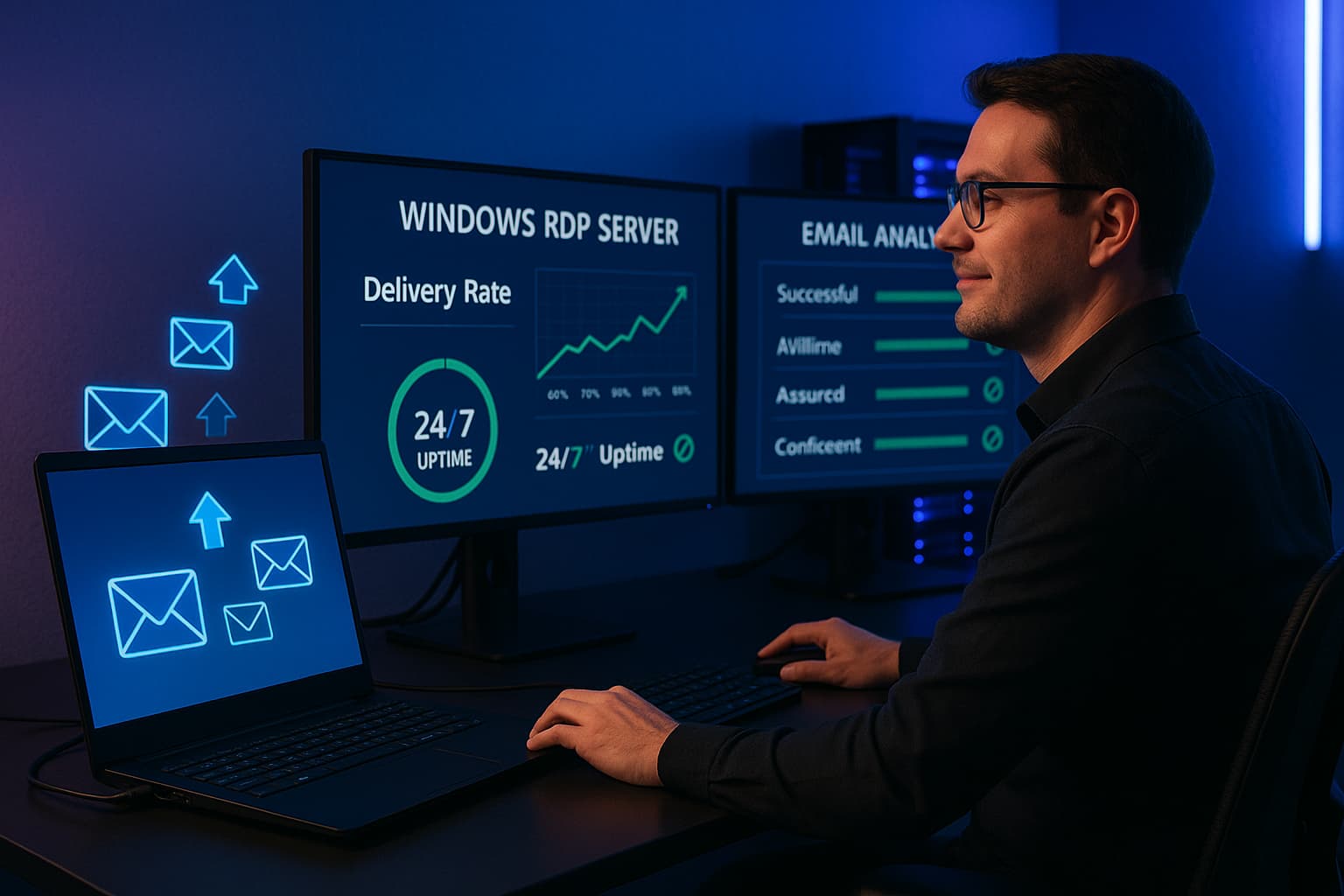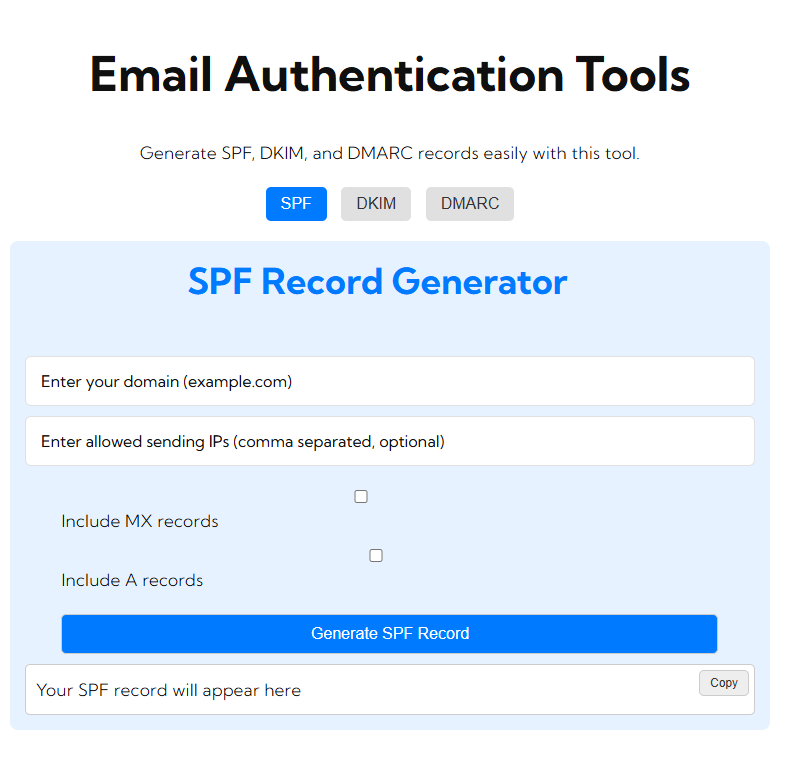This is a vital step for companies that majorly rely on mailing out huge volumes of emails with high security and efficiency. Within this tutorial, we will be taking you through all the steps involved in the configuration of an SMTP relay. This tutorial is especially put together with the focus being on proper configuration so it can send emails reliably. The readers for this article are from novices to at least some technical people.
SMTP Relay – What is it?
SMTP relay is the forwarding or receiving server which accepts emails from one domain, then forwards to another, and it creates an intermediary mail between two different servers for passing email messages. Implementation of SMTP relay improves your delivery rates, reduces spam marks, and also ensures safety.
Why must you set up an SMTP relay?
Benefits of Configuration of an SMTP Relay
- Guaranteed delivery of your emails: This is less likely to end in the spam folder.
- Encryption and security: Your messages are encrypted as they travel and ensure your safe delivery.
- Scalability: Relaying at SMTP simplifies high output replies.
- Compliance: This helps you comply with the policies of sending e-mails.
How to Setup SMTP Relay
SMTP relay server – Step by Step Configuration
These are the steps to configure an SMTP relay server step by step.
Step 1: SMTP relay service to use
Before you even start with the configuration process, you’ll need to make a choice of provider. Among some of the most popular services you have:
- Google SMTP Relay If you’re already a G Suite user, this is probably the best.
- SendGrid. It scales very well, and they provide pretty solid email analytics.
- Mailgun. They are probably the friendliest developers.
- Amazon SES. If you send out a lot, then this is the best for you.
Both have their own settings and configurations but in most general ways are the same.
Step 2: Configure your DNS Settings
Configure your DNS settings to avoid being spammers:
- Add an SPF (Sender Policy Framework) Record: It lists the approved IP addresses authorized to send emails from your domain.
- DKIM Record: This includes a signature in the mails that enhance security.
- DMARC: It tells you who has made unauthorized uses of your domain.
These are the DNS configurations that allow trust between your domain and the receiving end on the server.
Step 3: Ensure Verification of SMTP Relay Service
To ensure that only the authentication of the allowed users is enabled to send through your SMTP relay, follow the procedure below:
- Username and Password: Most relay SMTP services require you to have a username and password to authenticate with.
- API Keys: Of course, it’s also noteworthy that some services, like SendGrid, use API keys as a kind of more secure authentication.
Now that your SMTP relay service is authenticated, it accepts email requests coming from your server.
Step 4: How to Add the SMTP Settings in Your Email Client
Lastly, configure your email client by using the SMTP relay. Typically, the SMTP setup is:
- SMTP server: hostname of the SMTP service like smtp.sendgrid.net
- Port: either SSL/ 465 for TLS or 587 for TLS or SSL
- Username: Your email address or API key
- Password: Your account password or API key secret.
Configure these settings in your email client or application such that it will send e-mails via the relay.
Step 5: Test Your SMTP Relay Configuration
Testing your SMTP relay configuration means everything will be just fine, all configurations are good and:
- Test Headers: Check if your e-mail passed through the SMTP relay by checking headers.
- Track Delivery Rates: Provided the right delivery rates, and thus no conflict or contention with the spam filters.
Now that your email was delivered successfully, you can get going with the SMTP relay setup.
Common Troubleshooting
There’s sometimes some small hassle incurred in an SMTP relay process. Some trouble hides, along with how to solve them as follows:
- Authentication Errors: Solution: Double check your username and password or API key configuration with that of your SMTP provider.
- Emails Landing on Spam: Solution: Verify if your SPF, DKIM, and DMARC records are correctly configured for authentication of your emails.
- Connection Timeout: Solution: Allow non-restrictive permission for outgoing communications over port 587 and port 465 via your firewall or network settings.
Best Practices of SMTP Relay Usage
- Use SSL/TLS Encryption: Always have SSL or TLS encryption set on your email traffic.
- Email Metrics Monitoring: So, you can improve open rates, bounce rates and other metrics to respond promptly on emails.
- Out-going Email Limiting: Just in case you want control over the number of email you send in an hour. You don’t become a spammer overnight you know.
SMTP Relay Configuration FAQ
- SMTP relay and SMTP differ because the latter is what you use to send the emails, but an SMTP relay is actually a service which sends your emails through the mail server of another domain in order to increase deliverability and security.
- Is there an SMTP relay charge? Yes, some providers give you free tiers but only allow you to send a finite number of emails, while others charge according to the volume you want to send.
- Can I build my own SMTP relay server? You can go ahead and roll your own SMTP relay server. It’s pretty technically involved and should be maintained, too.
- Blocked e-mails. What are they thinking of doing this even if they use a relay SMTP? Well, probably even if your emails keep being blocked check your SPF, DKIM, DMARC records. Not to mention refrain from sending such a high volume of emails within a span of such a brief time.
Conclusion
SMTP relay is very easy to configure but what it actually generates is the difference in executing the business emails in the right way. This will ensure that there is good email deliverability rate, and also increased security levels where all the policy implementations in sending messages are followed. Proceed with the rest of the instructions from this guide to correctly set up your SMTP relay and hence continue enjoying your smooth communication through emails without interruptions.






